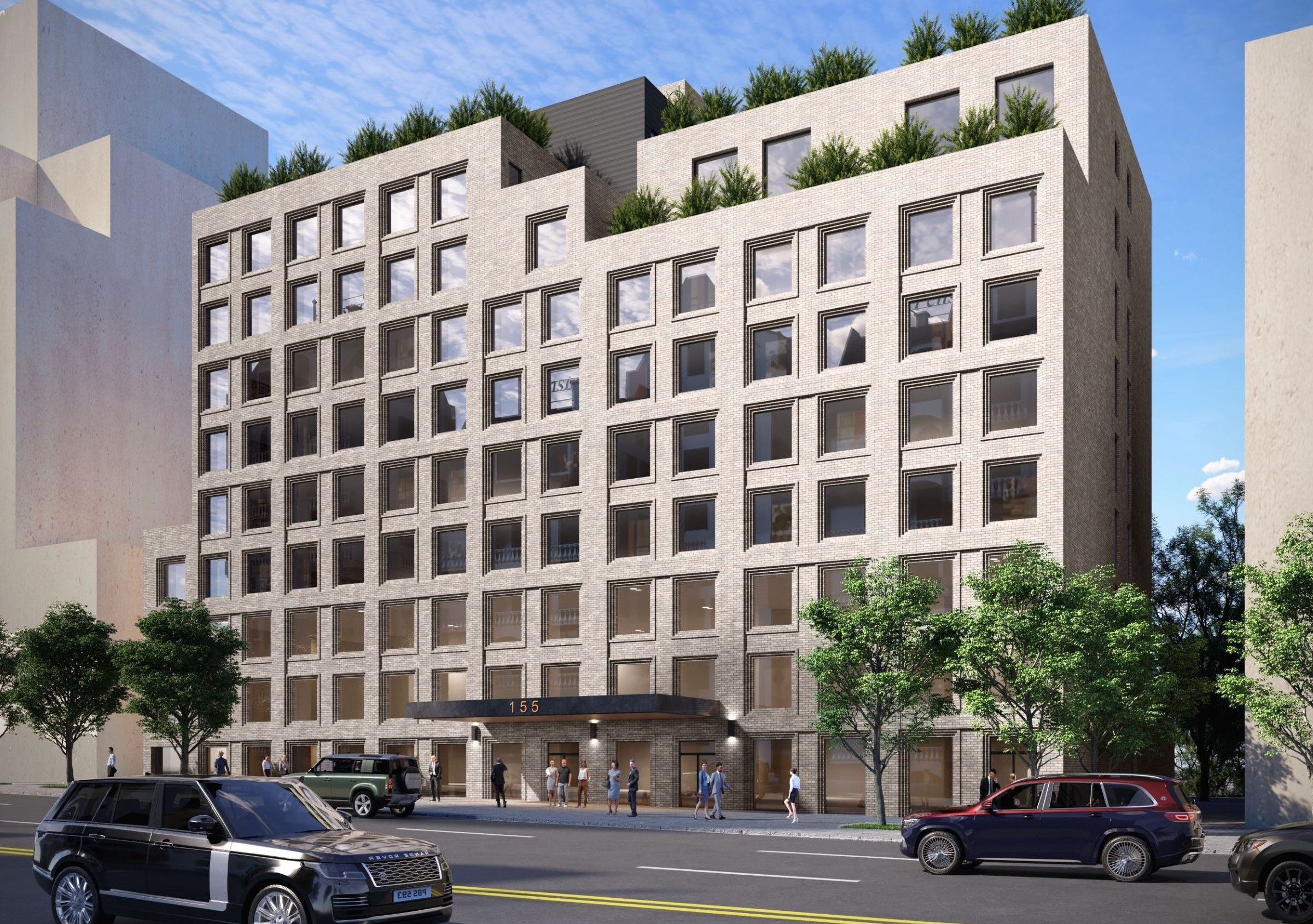Bay Ridge Apartment Building Sale Biggest of Year So Far
The rental building at 333 Ovington Avenue between 3rd and 4th Avenues just sold for $11,225,000, making it the largest real estate deal of the year so far in Brooklyn. The price tag translated into a 6% cap rate, a level that was achievable in this market because of the below-market rents in the 119-unit…


The rental building at 333 Ovington Avenue between 3rd and 4th Avenues just sold for $11,225,000, making it the largest real estate deal of the year so far in Brooklyn. The price tag translated into a 6% cap rate, a level that was achievable in this market because of the below-market rents in the 119-unit elevator building. Massey Knakal, which represented the seller, reported that it received 25 offers for the property. GMAP





such a nice building. good bones, as they say. it’s nice to see at least some section 8 folks in nyc are living in a decent place. I hope the new owners doesn’t go all slumlord on ’em.
Mopar
Cap(italization) rate = NOI (Net Operating Income)/Price.
NOI is the income of the rents (accounting for vacancies)- the cost of running the building. Capital expenses and/or reserves are not included in the expenses.
What’s a cap rate?
Xander Crews – Section 8 tenants generally do not move – therefore unless you replace every stove in the building you arent going to increase the RR (and you cant get increases for sheetrock and paint)….they might get increases for buildingwide improvements (roof, bricks, lobby, elevator, etc…) depending if they have reached the end of their useful life.
If the building is truly all Section 8 it is no bargain at a 6 cap.
tower – 1st groups like Tishman are just as (if not more so) affected by the same group think as everyone else (as in….RE only goes up – cause they aint making more, everyone in a manhattan RS apartments has a primary residence somewhere else, etc…)
That being said – it may turn out that Tishman WAS smarter than everyone else – they got greater than 100% financing (probably non-recourse to its other holdings) and the lenders are into them for so much money that they will likely have no choice but to renegotiate terms more favorable to Tishman when the time comes – Trump did this years ago and avoided bankruptcy (they didnt fall for it 2x however on his AC properties). Its sort of like a private ‘too big to fail’.
Frankly the lenders who were agreeing to finance over the reasonable value of properties based on projections ought to be investigated and if not prosecuted (you know some must have received some sort of kick backs) then at least civilly attacked for breaching their fiduciary duties.
Very familiar with this building, mostly section 8’s so the government is footing the bill for this rent roll. The new owner with throw up some cheap sheet rock a new stove and white paint then expect to get 1600 for a one bedroom.
I still don’t get how a “smart sophisticated” firm like Tishman Speyer could buy Stuy Town, et al. Were they thinking they were the smartest guys in the room? Everyone else was like, “bad move”. I guess it’s like when BoA bought Countrywide, everyone else thought it was buying a loser.
Just thinking about that flipper guy in Clinton Hill(?) who put in that driveway/garage in his brownstone. Even if you hated it, he had much more business savvy.
This handsome place might work out ok with its well-below market place rents:
masseyknakal.com/listings/detail.aspx?lst=19210
> “they bought based upon ridiculously false projections on the number
> of RS apartments they could turn-over in a short time”
OK, I don’t get all the financing on this, but it sounds like they may be rowing out into the same waters.
But as I said, what the heck do I know?
Snark – I dont know this property specifically but I can tell you that the reason why Tishman Speyer is in so much trouble is not necessarily because they bought at a low cap rate – its because they financed the purchase price with loans that can not be serviced by the current rent roll….they bought based upon ridiculously false projections on the number of RS apartments they could turn-over in a short time and figuring that no matter what they could always refinance the debt later…..now add the recent rulling that you can not take apartments out of RS while still taking J-51 tax exemptions and you have the perfect storm to destroy the Stuy Town purchase.
That being said, buying a RS building at a 6% cap rate – if it really has below market rate rents can be an excellent investment. Assuming you can finance a large portion of the price with less than 6% financing (you collect the spread) and then you will eventually earn a much higher % on future MCI investments, regular RS increases and vacancy allowances.
Over the long term, it can work out well, especially in a nice area like Bay Ridge.